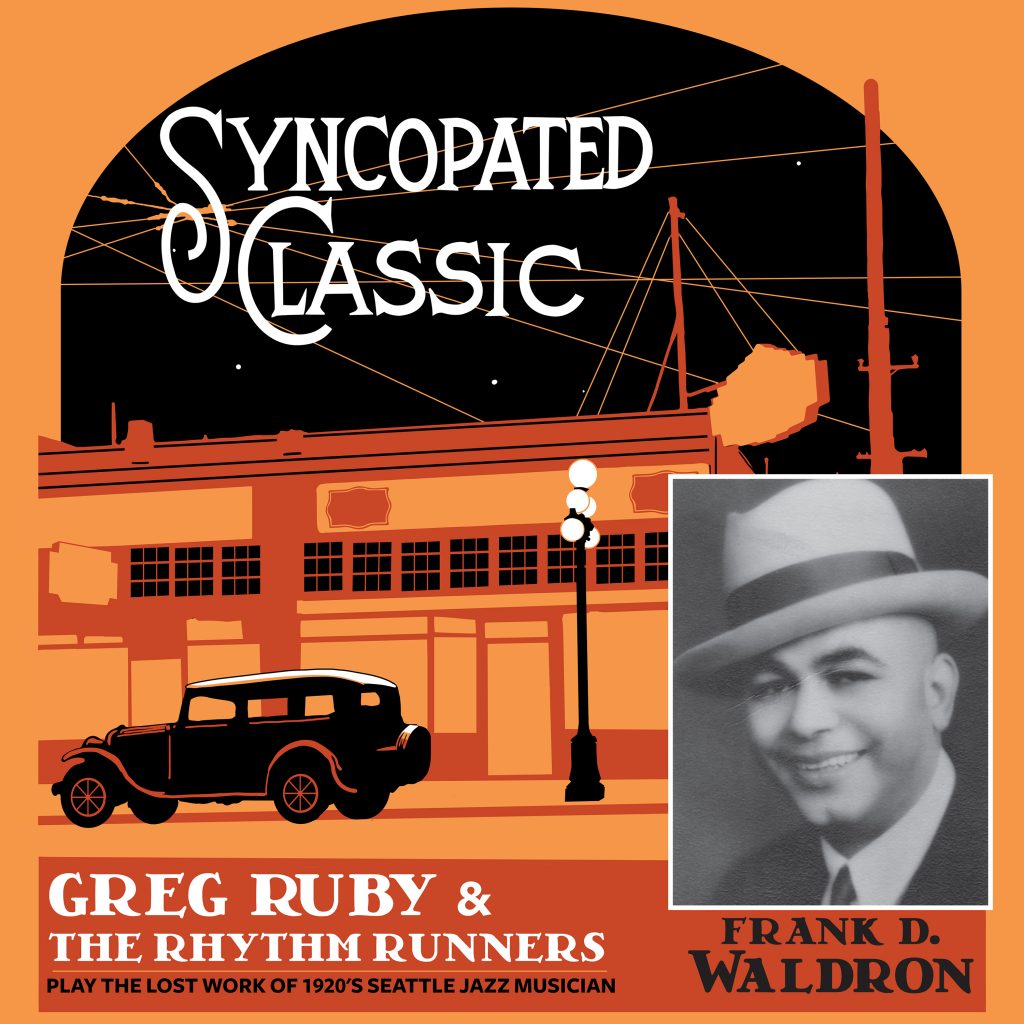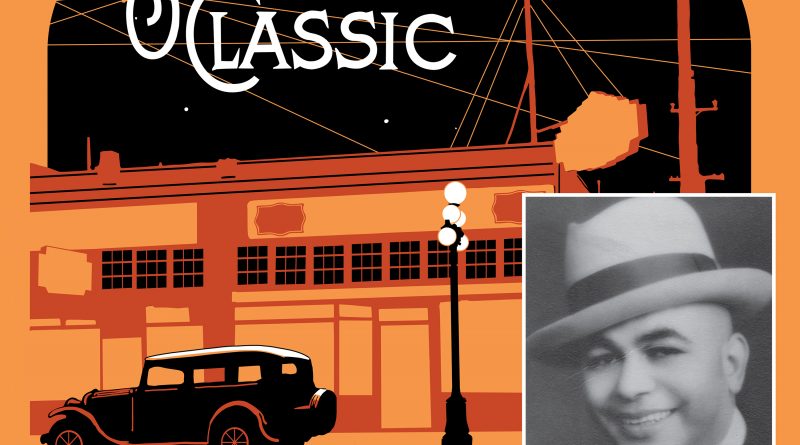Seattle jazz man Frank Waldron rediscovered on “Syncopated Classic”

Even if you’re steeped in Seattle’s music history, the name “Frank D. Waldron” likely won’t ring any immediate bells. The jazz musician left no recordings behind, and a folio of a handful of his compositions had been out of print for years. But this release aims to change that.
Waldron was born in San Francisco in 1890, and was of mixed race heritage (white mother, black father). While still in his teens, he made his way to the Pacific Northwest in 1907, where he remained until his death in 1955, primarily living in Seattle. He played saxophone and trumpet in various jazz bands in the area, as well as setting up shop as a musical instructor.
He was also Seattle’s first published jazz composer, publishing Syncopated Classic for C Melody and Alto Saxophone, a collection of nine different pieces, in 1924. Seattle musician Greg Ruby learned of the book’s existence while reading Jackson Street After Hours: The Roots of Jazz in Seattle, by longtime Seattle music writer Paul de Barros (de Barros also had a rare photocopy of the collection). Ruby’s band, Greg Ruby & the Rhythm Runners, played music from the same era, and added Waldron’s numbers to their set. Then another idea took hold. Waldron’s music had never been recorded, and seemed destined to be lost if no action was taken. Why not reprint the original book of compositions? Along with a recording to accompany it? And a booklet detailing what few facts are known of Waldron’s life?
Nine of the album’s numbers are from Waldron’s book of the same name. Waldron’s pieces were written for saxophone with piano accompaniment, but they’ve here been arranged for a different instrumental mixture: guitar, six-string banjo (Greg Ruby), clarinet, mandolin (Dennis Lichtman), mandolin (Mike Marshall), trumpet (Gordon Au), trombone (Charlie Halloran), bass (Cassidy Holden) and drums (Julian MacDonough). It’s a move that allows for a lot more musical color. The music is mostly light-hearted and fun, with a clean, bright beat. Only the waltzes, “Valse Hawthorne” and “Valse Marguerite” have a cooler shade, the former having a Neapolitan flavor due to the prominence of the mandolin, and the latter having a touch of an old world, European sensibility.
There are also two additional numbers not in Waldron’s book, the patriotic “The Kaiser’s Got the Blues (Since Uncle Sam Stepped In),” described as a fox-trot and written as World War I was winding down; a sprightly number to welcome the boys home. There’s also another waltz, “Valse Queen Ann,” a delicate, pretty number that also has mandolin at the forefront. Overall, it’s a delightful, charming release.
The booklet reproduces Waldron’s compositions, and has an essay by de Barros and Ruby, relating his story with some choice colorful anecdotes (one of his students recalls, “He’d stand up over you and say ‘Now boy, that fucks me! That’s the worst batch of shit I ever heard!’”; conversely, fellow student Quincy Jones was impressed by Waldron’s three-piece suits). The package (available in CD and vinyl formats) is most welcome in unearthing a forgotten part of Seattle’s musical past and bringing it back to vibrant life.
(Click HERE to purchase Syncopated Classic.)

